Leading market players are investing heavily in research and development in order to expand their product lines, which will help the Biomass Pellets Market, grow even more. Market participants are also undertaking a variety of strategic activities to expand their footprint, with important market developments including new product launches, contractual agreements, mergers and acquisitions, higher investments, and collaboration with other organizations. To expand and survive in a more competitive and rising market climate, Biomass Pellets industry must offer cost-effective items.
Manufacturing locally to minimize operational costs is one of the key business tactics used by manufacturers in the Biomass Pellets industry to benefit clients and increase the market sector. In recent years, the Biomass Pellets industry has offered some of the most significant advantages to medicine.
Major players in the Biomass Pellets Market, including Drax Group Plc, Enviva, German Pellets GmbH, AS Graanul Invest, Pinnacle Renewable Energy Inc, Lignetics, Zilkha Biomass Energy, Fram Fuels, Abellon CleanEnergy Limited, Ecostan, JP Green Fuels, The Westervelt Company, Inc, Forest Energy Corporation, and New England Wood Pellet, are attempting to increase market demand by investing in research and development operations.
Previously known as Enviva Partners LP, Enviva Inc (Enviva) is a provider of utility-grade wood pellets. The business collects wood fiber from natural resources and transforms it into a transportable form. Wood pellets and wood chips, which are processed forms of woody biomass fuels, make up its products. The corporation runs large-scale manufacturing facilities in the US Mid-Atlantic and Gulf Coast regions. In order to ship and sell wood pellets to power plants in the UK and Europe, Enviva also has access to rivers and railroads.
Additionally, it offers terminaling services to owners of other bulk commodities as well as to producers of wood pellets outside of its own operation. The US city of Bethesda, Maryland, is home to Enviva's headquarters. Enviva, Inc. and J-Power, a Tokyo-based utility, agreed into a long-term partnership in November 2021 for the large-scale supply of sustainable wood biomass from Enviva's production facilities in the Southeast of the United States to J-Power's coal-fired power plants in Japan.
The company A.P. Moller - Maersk AS (APMM) offers logistics and transportation services. Through its subsidiaries and affiliates, it runs ports and shipping containers. The business provides intermodal transportation and transports dry goods, refrigerated freight, special cargo, as well as sells secondhand containers. Maersk Line, Damco, APM Terminals, Svitzer, Twill, Sealand, Hamburg Sud, Alianca, Maersk Container Industry, and Maersk Training are some of APMM's principal brands. Additionally, the business produces dry and chilled containers. APMM provides services to the manufacturing, shipbuilding, retail, and logistics sectors.
In addition to Asia-Pacific, the corporation is present in North America, the Middle East, Europe, and Africa. Copenhagen, Denmark serves as the home office for APMM. The largest geothermal heating plant in the EU will be developed and run by A.P. Moller Holding's Innargi geothermal heating company near Aarhus, Denmark. The arrangement is for 30 years.
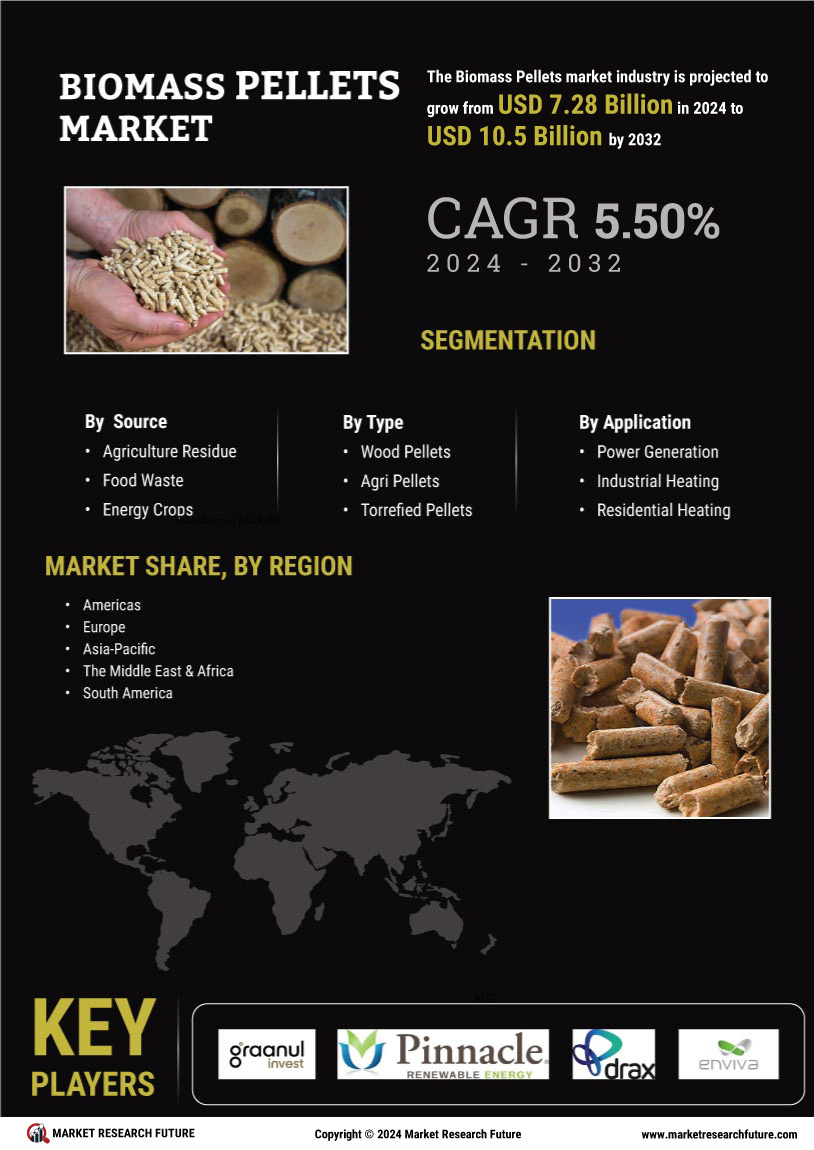

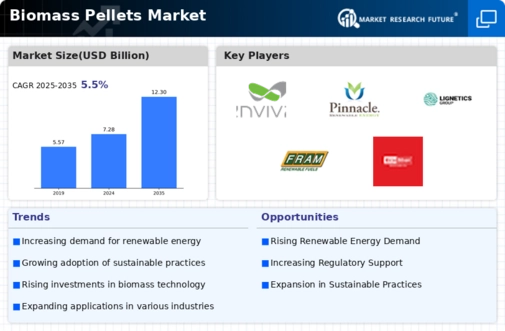
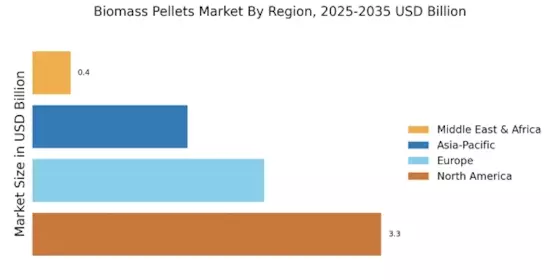
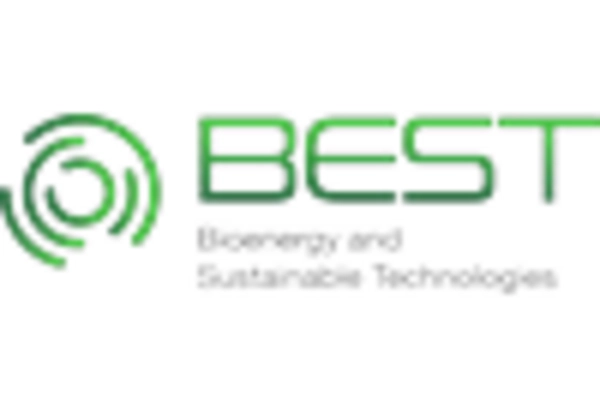



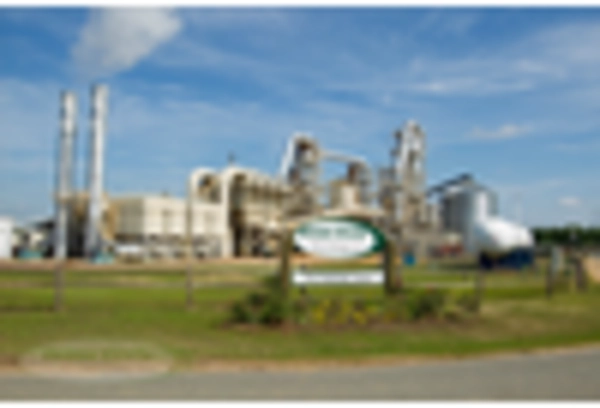









Leave a Comment